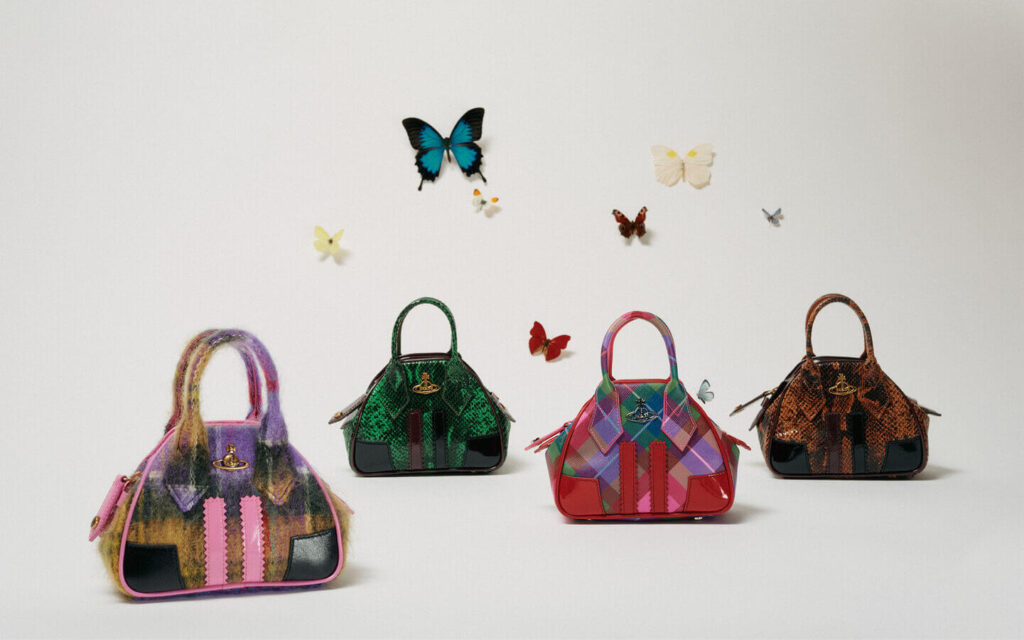National Review
COVID-19 Rewired Our Brains
You probably know someone who never got COVID but whose whole life was transformed by the pandemic; it now has a meaning. They were the most cautious, the most locked down, the most disgusted by “deniers” in the White House or in their extended family. They didn’t see their adult parents for over a year. They refused in-person-learning options for their kids. The pandemic warped their relationship to their neighbors, whom they now treated as vectors of disease, and even as moral cretins because they did yard work without a mask. They posted their second “Fauci ouchie” on Instagram a month ago. But they are still double-masking or even putting goggles on their children, even infants, because they read something about COVID spreading through their eyes. At some point, the pandemic — the provisional and practical judgments in favor of caution that can justify restrictive behaviors — became an unshakeable moral purpose. Actual weighing of risks went out the window: There’s a deadly disease out there; my actions can contribute to the end of the disease or to its spreading in perpetuity. It’s as if a circuit has been fused. While caution and restrictive behavior can be justified by a conscience informed by the risks, the human mind can also make calculations based on superstition. And one frighteningly common one is the equation of science with truth, fear with realism, and caution with virtue. In individuals, we can easily observe these sorts of calculations, with personal tragedies large and small: people who missed out on one last comforting grasp of the hands before a loved one died, or whose marriages were wrecked by the atmosphere of fear and paranoia. But the problem is clearly social as well as political. Once the truth-caution-virtue circuit was fused, we found it much harder to introduce good news and new information. We lost the capacity to acknowledge the provisional nature of our judgments. The fact that a huge portion of the vulnerable population in America has been vaccinated — in many counties well over 70 percent of people 65 and older are now fully vaccinated —doesn’t change behavior as fast as the news about the virus altered our behavior last spring. This is made worse because the “costs” of much mitigating behavior are mostly diffuse. They are in the depressed business environment for entertainment, food, and tourism. Or we see them in the heightened levels of depression that people experience because of prolonged social isolation. Many people who had the financial option of making their lockdown super-tight simply don’t go out enough to realize how free and sociable most people in their community have been. They have become unused to the risks and the pleasures of life that the less fearful or the more essential workers never could get away from. And this faulty equivalence of truth, fear, and caution doesn’t afflict only individuals or the environment of major cities. It afflicts our institutions. It is why the Centers for Disease Control can get bullied by the teachers’ union into delaying its recommendation to fully reopen schools. The teachers’ unions have no public-health expertise, no special knowledge of epidemiology. What they had on their side was a pervasive reflex that more caution can never be wrong or harmful. The association of danger with permissiveness has warped the “expert class” that is supposed to inform the public. Throughout the pandemic, public-health officials have betrayed their view that they do not trust the public with good news; they seem to fear that an inch given will be a mile taken. And so, even during one of the most successful vaccine rollouts in the world, CDC director Rochelle Walensky warned of “impending doom” just a month ago. But no doom was in the offing. And the expert class has also corrupted itself. The short circuit of the pandemic has led to a dramatic tightening of groupthink among public-health pundits. One would normally expect that a variety of experts would come up with a variety of recommendations, precisely because, like everyone else, they value the risks differently. But instead, public-health pontificators have tried to guard their authority with an ersatz sheen of unanimity. When Dr. Martin Kulldorff expressed his view that the pause of Johnson & Johnson’s vaccine would do more harm than good, the CDC threw him off its vaccine-safety advisory committee. Four days later, Johnson & Johnson’s vaccine was made available again, but the visible dissent was too much to abide. Kulldorff had pioneered many of the processes by which the CDC detects the safety of vaccines. But he had expressed his view that the urge to vaccinate everyone was as superstitious as being anti-vaccine. Twitter, preposterously, put a misinformation tag on this tweet, based on the superstition that there is only one valid “expert” answer — and no valid debates among experts. Kulldorff’s worst crime, apparently, was expressing his views in person in the presence of Governor Ron DeSantis of Florida. I used to think that the COVID era would snap to a close once vaccines removed the danger from the most vulnerable — and that the human urge to connect would assert itself dramatically in a new roaring ’20s. Now I’m not so sure. A significant portion of the public and some of our leading institutions have internalized entirely new habits of thought and life. The circuit between truth, science, fear, and caution and virtue needs to be unwired — and reprogrammed.





More Stories
Victims, gunman, and ‘good Samaritan’ who ended massacre ID’d in Indiana mall shooting
Armed citizen at Greenwood mall hailed as hero who saved lives – WISH-TV | Indianapolis News | Indiana Weather
Indiana mall shooting: Live updates